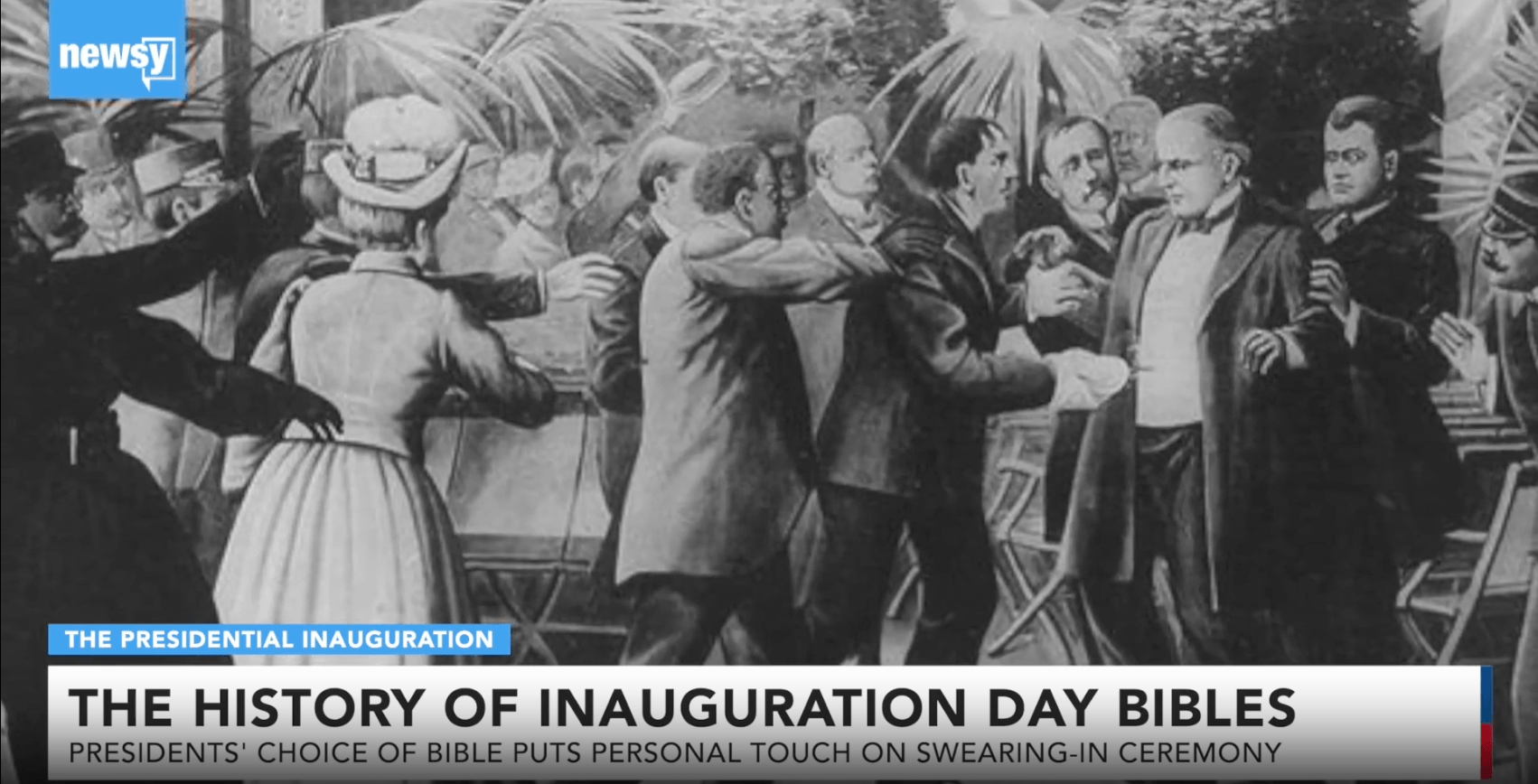The concept of learning styles is pervasive in the field of education. Nearly 80% of educators reported that they used or had intentions of using teaching methods that matched the learning styles of their students.
Despite their ubiquity, learning styles have recently earned a controversial reputation. As a curriculum designer, you may wonder what you should know about learning styles. What are they, where did they come from, and what are the critiques and controversies surrounding this theory? Perhaps most importantly, what are practical takeaways for curriculum designers? Let’s get into it!
What Are Learning Styles and Strategies?
Learning styles refer to the differences in how individuals learn best. According to the theory of learning styles, “each of us has a specific learning style (sometimes called a ‘preference’), and we learn best when information is presented to us in this style” (Nancy Chick).
Although there are many different theories that outline and define learning styles, one of the most popular is VARK.
Learning Styles Definition: VARK
Have you ever filled out a survey or questionnaire to learn which learning style you match best? Perhaps you were told you’re a visual learner or a kinesthetic learner. Then, you’re familiar with the VARK learning style.
According to VARK, there are four main learning styles:
- V: Visual
- A: Aural or auditory
- R: Reading and writing, or verbal
- K: Kinesthetic, or hands-on
The theory argues that teachers should adjust their approach to meet their students’ preference for one of the above learning styles. To identify students’ learning styles, they take a questionnaire that assesses the way they learn and think. Similarly, curriculum designers may consider finding a way to incorporate the above four learning styles into the lessons and activities they design.
Where Did Learning Styles Originate?
Neil Fleming developed the VARK learning styles theory in 1987. However, many different learning style theories have enjoyed popularity in education discourse over the years. The interest began in the 1960s and quickly became very popular. The popularity is understandable, as learning styles seem to explain the differences between students and recognize their unique gifts.
Can You Have Multiple Learning Styles? (And Learning Styles Critiques)
In short, yes! You may be surprised to learn that rather than having one particular preferred learning style, students probably learn best using a variety of methods. In fact, overwhelming research shows that learning styles may not be accurate or effective at all. Students don’t necessarily learn better when they are taught in their preferred learning style.
Instead, the categories of learning styles such as VARK may be better applied to different disciplines or academic subjects. How?
As a curriculum designer, consider how you would present an anatomy lesson. Chances are you’d include some diagrams in the lesson. This visual content makes anatomy easier to understand. Yet, if you were designing a course on music and instruments, you’d probably recommend that the instructor use lots of audio examples. Using the right approach for instruction can make a curriculum come to life.
How Learning Styles Affect Learning
As a curriculum designer, it’s natural to wonder how learning styles affect learning and academic performance in turn. With a better understanding of how students learn best, you can design more effective and engaging courses.
In spite of a lack of evidence that students will learn better when course content is presented in their preferred learning style, students may still have learning preferences. As a result, students may have a more positive attitude toward learning if their instructor teaches using their preferred learning style.
Furthermore, presenting the same material in several different modalities can give students the opportunity to review concepts, increase awareness, and multiple chances to engage with the same concept. Research supports the use of multimedia and multiple modalities for all learners.
Takeaways for Curriculum Designers About Learning Styles
What should curriculum designers do with all of this information about learning styles? Here are the main takeaways:
- Don’t Follow Learning Styles Without Question
It’s easy to fall into the myth of believing that learning styles are set in stone. This belief can be limiting for both educators and learners, as they may feel that they are restricted in how they can teach and learn. - Consider the Course Content
Perhaps more important than a learner’s preferred learning style is the course content. Use visual, auditory, kinesthetic, and reading or writing elements in the course where they fit best. For example, use maps for teaching geography, and include experiments to help students understand different concepts in physics. These visual and kinesthetic approaches will help students understand the respective concepts best. - Include as Many Learning Styles as Possible
Remember, the more diverse and varied the activities and modalities, the better students learn. If possible, include a wide variety of approaches such as videos, podcasts, field trips, textbooks, and more in your courses. - Stay Up-to-date on Education Research
Learning styles were widely accepted for many years. Thanks to research, we now know that the premise that learners learn best when taught in their designated learning styles is unfounded. The lesson? It’s essential to keep tabs on the latest research in education in order to use evidence-based practices.
Learning styles are a fascinating topic for educators to reconsider. Now that you know a bit more about learning styles, will this information change your approach to curriculum design?
Get in touch with us on social media and let us know!
Rachel Peachey
Rachel is an education industry writer and former Montessori schoolteacher. Originally from Pennsylvania, Rachel lives in Guatemala with her husband and three children.
- #Video in Digital Learning
- #Classroom
- #Educational Videos
- #Tips for Using Video
- #Video Content Partners
- #Boclips for Publishers
- #Issues in Education
- #News and Announcements
- #Educational Videos by Subject Area
- #Events & Holidays
- #Video and Teaching Tools
- #Teaching Methodologies
- #Education Videos
- #Video and Digital Literacy
- #Short Educational Videos
- #Instructional Design
- #Multimodal Learning
- #Video and Student Safety
- #Accessibility in Education
-3.png?width=390&height=223&name=Untitled%20design%20(2)-3.png)


.png?width=1152&height=660&name=Copy%20of%20Untitled%20Design%20(1).png)



